When it comes to uniquely bold, visually striking, and nutritionally potent native fruits, Davidson’s Plum holds a special place in the culinary and wellness landscapes of Australia. With its deep purple skin and intensely tart, vibrant red flesh, this rainforest fruit has long been prized in Indigenous cuisine and is now making waves in gourmet kitchens and nutraceutical markets worldwide.
But among the handful of nations that cultivate this rare fruit, which country is the largest producer of Davidson’s Plum in the world?
The answer is clear and unchallenged: Australia.
In this detailed article, we’ll uncover why Australia leads global production, explore the fruit’s origins, varieties, uses, and commercial significance — and why Davidson’s Plum is increasingly sought-after in health and culinary circles globally.
What Is Davidson’s Plum?
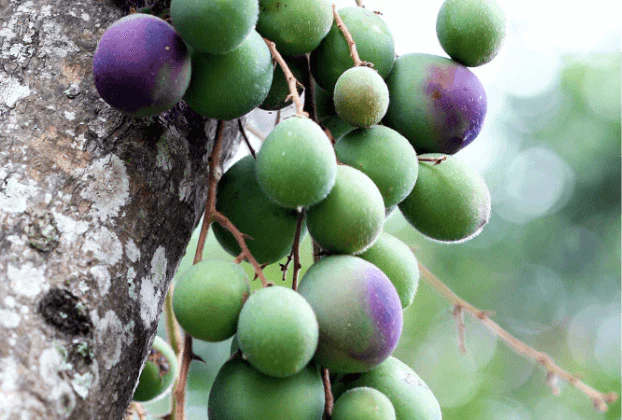
Davidson’s Plum is a collective name for a group of native Australian rainforest trees bearing small to medium-sized, deep purple fruits. While they may look like European plums from the outside, their botanical classification is unrelated to the common plum (Prunus domestica).
Scientific Classification:
- Genus: Davidsonia
- Species:
- Davidsonia jerseyana (Smooth Davidson’s Plum)
- Davidsonia pruriens (Ooray or Hairy Davidson’s Plum)
- Davidsonia johnsonii (Rare and endangered)
These fruits are known for their rich, dark color, intensely sour taste, and high antioxidant content — earning them the title of a “superfood” in Australia’s thriving bushfood industry.
Which Country Is the Largest Davidson’s Plum Producer?
Australia: The Sole Commercial Producer
Australia is by far the largest — and essentially exclusive — producer of Davidson’s Plum in the world.
This native fruit grows naturally only in the subtropical and tropical rainforests of eastern Australia, particularly in:
- Northern New South Wales
- Southeast Queensland
- Far North Queensland (Atherton Tablelands and Daintree regions)
The combination of indigenous plant origins, exclusive climatic conditions, and unique ecosystem requirements means no other country currently cultivates Davidson’s Plum commercially or at scale.
Why Is Australia the Leading (and Only) Producer?

Indigenous Heritage
Davidson’s Plums have been used by Aboriginal Australians for thousands of years as a food source, medicinal remedy, and dyeing agent. The long-standing cultural significance of these fruits laid the foundation for their cultivation and value in modern bushfood industries.
Ideal Growing Conditions
The fruit thrives in humid, shaded rainforest environments with rich, well-drained soils and ample rainfall — conditions naturally found in parts of eastern Australia. Attempting to replicate this environment elsewhere has proven difficult, making Australia uniquely suited to the fruit’s commercial production.
Established Commercial Orchards
In recent decades, Australia’s native food industry has cultivated Davidson’s Plum on a commercial scale, with orchards primarily in Queensland and New South Wales. These orchards supply domestic markets, health food producers, and export customers seeking exotic, high-antioxidant fruits.
Production Statistics
While exact annual production volumes can fluctuate due to the niche nature of the market, estimates suggest:
- Australia produces around 150–250 metric tons of Davidson’s Plums annually.
- The majority of harvest occurs between December and March, aligning with the wet season in eastern Australia.
- A significant portion of the harvest is processed into freeze-dried powders, purees, juices, and nutraceutical extracts.
No other country contributes to this figure, reinforcing Australia’s exclusive position.
Varieties of Davidson’s Plum
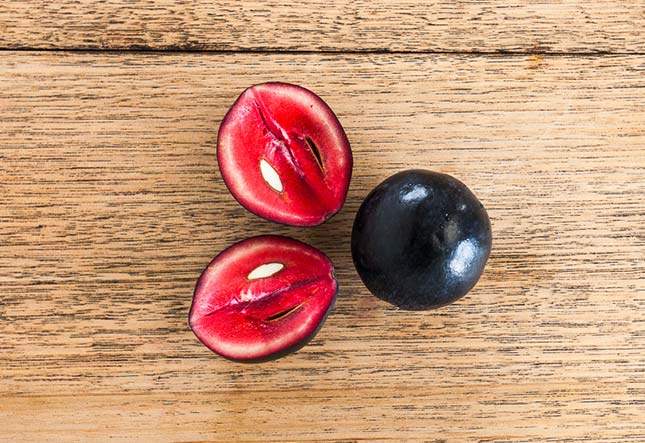
Australia cultivates three primary species of Davidson’s Plum:
Davidsonia jerseyana
- Known as Smooth Davidson’s Plum
- Small tree, 5–8 meters tall
- Produces clusters of small, dark purple fruit
- Native to northern New South Wales
Davidsonia pruriens
- Also called Ooray or Hairy Davidson’s Plum
- Larger tree, up to 12 meters
- Larger fruit, with a more intense tartness
- Predominantly grown in Far North Queensland
Davidsonia johnsonii
- Rare, endangered species
- Grown primarily for conservation purposes
- Not widely used commercially
The first two species are the primary focus of commercial farming and export.
Uses of Davidson’s Plum
Thanks to its bold flavor, vivid color, and health benefits, Davidson’s Plum has found favor in diverse industries:
Culinary Applications:
- Jams and chutneys
- Dessert sauces and compotes
- Sorbet and ice cream bases
- Cocktails and infused spirits
- Gourmet pastries and chocolates
Its intense tartness balances sweetness in confections and adds complexity to savory dishes.
Health and Nutraceutical Products:
- Freeze-dried powders for smoothies and functional foods
- Antioxidant supplements
- Natural colorants in health drinks and capsules
- Skincare products due to its high anthocyanin content
The fruit’s antioxidant level is reportedly five times higher than blueberries, making it a superfruit standout.
Export Markets and Commercial Demand
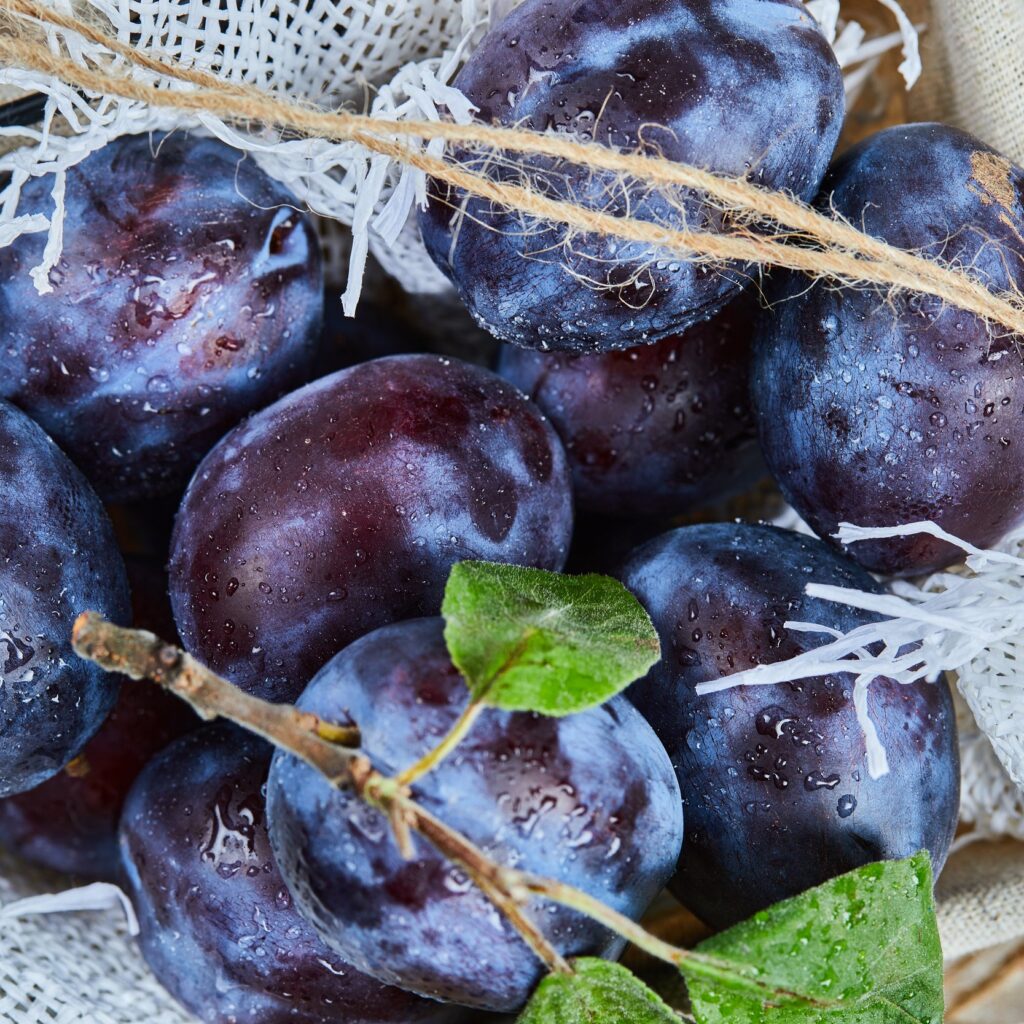
While Davidson’s Plum is still an emerging product globally, exports have been growing steadily over the past decade.
Key Export Destinations:
- United States
- Japan
- Singapore
- United Kingdom
- Germany
Exports are typically in the form of:
- Frozen pulp
- Juice concentrates
- Purees
- Freeze-dried fruit powders
- Botanical extracts
The growth of clean-label, natural, and native superfoods has boosted international interest in Australian native fruits, with Davidson’s Plum leading the trend alongside finger limes and Kakadu plums.
Indigenous and Sustainable Farming Initiatives
A significant portion of Davidson’s Plum cultivation is now integrated into Indigenous-led enterprises and native food cooperatives. These projects promote:
- Employment and cultural reconnection for Aboriginal communities
- Sustainable land management practices
- Biodiversity conservation through responsible harvesting and reforestation
Many farms operate under organic and eco-friendly guidelines, further enhancing the fruit’s market appeal.
Can Other Countries Produce Davidson’s Plums?
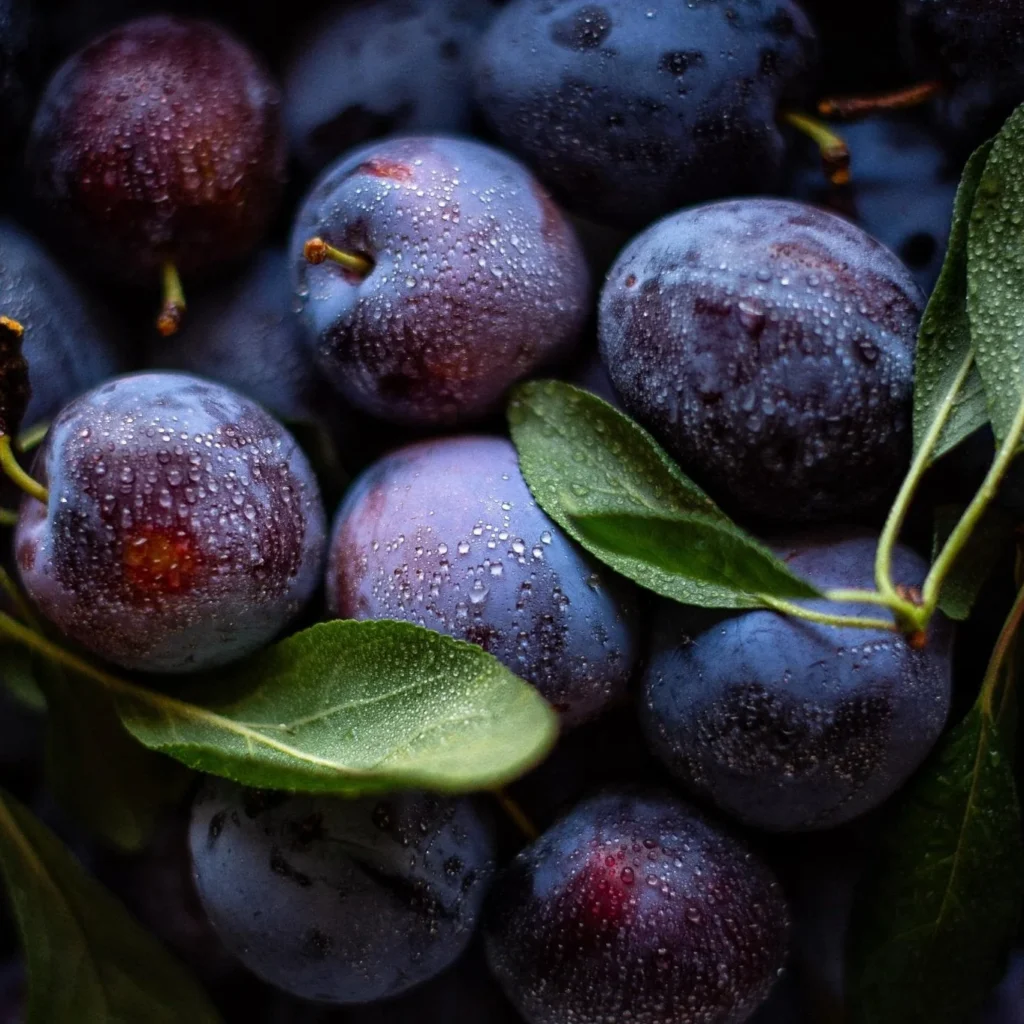
At present, no other country cultivates Davidson’s Plum commercially. Several factors contribute to this exclusivity:
- Endemic Species Status: As a native Australian species, propagation is tightly controlled to protect biodiversity.
- Specialized Climate Requirements: The fruit requires rainforest-like conditions rarely found outside eastern Australia.
- Limited International Awareness: While demand is rising, global familiarity with the fruit is still developing, keeping production localized.
Future Outlook
With growing awareness around plant-based nutrition, antioxidants, and Indigenous foods, Davidson’s Plum is poised for continued growth:
- New product lines: Davidson’s Plum-infused gins, herbal teas, health shots
- Expansion in skincare markets: As a natural anti-aging and antioxidant agent
- Health and wellness trends: Freeze-dried powders for smoothies and wellness bowls
Australia is expected to maintain its dominance in production as other nations focus on more adaptable exotic fruits.
Conclusion: Australia’s Exclusive Superfruit
In summary, Australia is the largest — and exclusive — producer of Davidson’s Plum in the world. Rooted in Aboriginal culture and native to the ancient rainforests of the eastern seaboard, this remarkable fruit is a culinary and health treasure now gaining global attention.
As demand for unique, nutrient-dense, and sustainable foods rises, Davidson’s Plum stands ready to be one of Australia’s most successful native exports — a natural product with a rich history and a bright, purple-hued future.

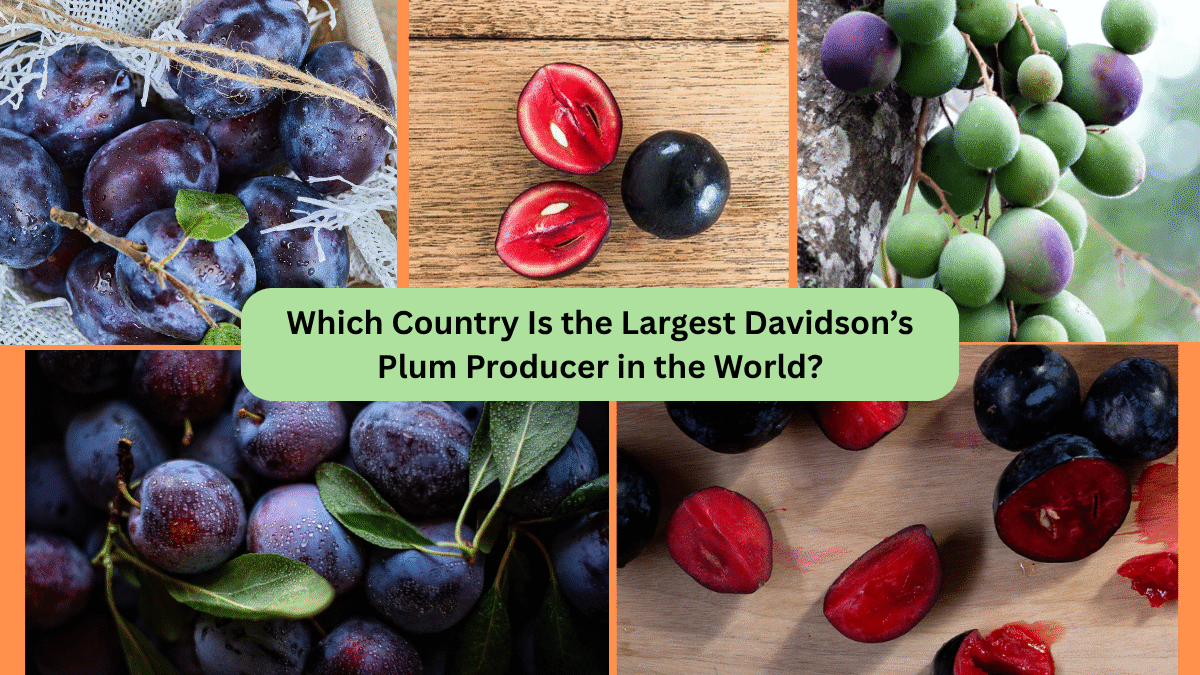



Leave A Comment